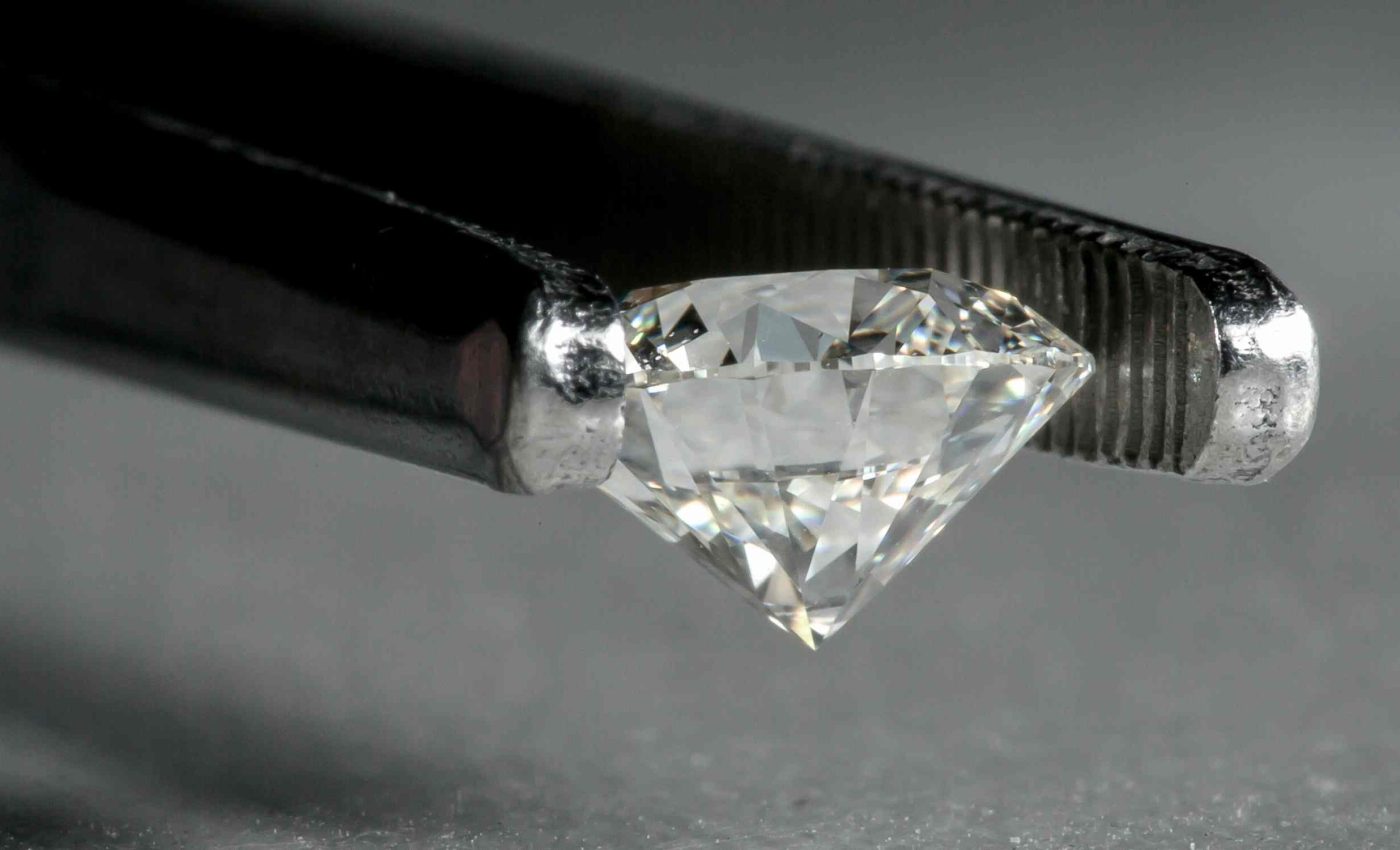
Microdiamonds discovered in the first three exploratory drill holes of a new deposit
VR Resources reported microdiamonds in two separate zones within a drill hole on its Northway property in northern Ontario. The hole sits 1,969 feet from the original microdiamond find and cuts a long section of kimberlite rock that points to a large subsurface system.
The tiny stones were logged at about 1,099 feet and again between 1,601 and 1,673 feet, all within pyroclastic kimberlitic breccia.
The kimberlite interval measures roughly 1,161 feet in length and was sampled for laboratory testing using standard industry methods.
Quickly finding microdiamonds
“It’s really quite something; Northway has produced microdiamonds in two of the first three reconnaissance drill holes ever put into the large breccia pipe complex, and more, both holes are arguably yet incomplete in terms of their vertical and lateral transect of the kimberlite,” stated Dr. Michael Gunning of VR Resources Ltd. (VRR), the scientist tied to these results.
Hole NW23-003 yielded four stones from 723 kilograms of sawn core, including one at +106 microns and three at +75 microns.
An earlier hole of similar rock returned none from 173 kilograms, a reminder that kimberlite bodies can vary a lot from place to place.
The drill site lies about three quarters of a mile from the center of a magnetic feature mapped at the surface.
The borehole cut pyroclastic breccia rich in chrome diopside grains and rock fragments from deeper levels of Earth, both common companions in diamond host rocks.
Why kimberlite pipes matter
A kimberlite is a volcanic rock that can carry diamonds from depth to the surface. These pipes form fast rising conduits that tap ancient mantle roots beneath stable continental cores.
They often drag along pieces of the mantle, plus minerals that act like breadcrumbs for explorers. That is why geologists track certain minerals and textures when they assess a new pipe.
How labs confirm microdiamonds
A microdiamond is a diamond too small to see clearly without magnification, yet large enough to sieve and count in a lab test.
To recover them, labs use caustic fusion, a method that dissolves the rock while leaving diamonds intact.
The Saskatchewan Research Council (SRC) processes such samples in an ISO/IEC 17025 accredited facility, which signals method validation and regular audits for test quality.
That chain of custody matters when companies compare results across holes and campaigns.
The core carries xenocryst grains, which are crystals not native to the host magma, and xenolith fragments, which are pieces of older rock captured on the way up.
Their mix includes phlogopite, chrome diopside, and amphibole species that fit with an upper mantle source.
K-richterite, an amphibole found in the samples, is recognized as a mantle phase that can store hydrogen and fluorine in the lithosphere. Its presence adds weight to the idea that the pipe taps deep, metasomatized mantle.
Geochemically, the rock plots within the kimberlite to orangeite range. Orangeite is a rock type once called Group II kimberlite and is known for high potassium and mica rich mineralogy.
That classification speaks to the melt source and the mantle fluids that altered it before eruption. It also explains the abundance of mica rich fragments in the breccia.
What microdiamonds say
Explorers use size frequency data from microdiamonds to help predict whether larger stones are likely, but the method is not a guarantee.
A peer reviewed study showed how microdiamond curves can be tied to macrodiamond grade in a tested pipe, while flagging the limits when populations vary.
Bulk sampling remains the only way to value a deposit, since size and quality drive economics. Microdiamond counts are a filter that helps decide where that expensive step might make sense.
VR Resources submitted its core in about 18 pound batches, each spiked with tracer stones at the lab to monitor recovery. That practice is standard to confirm that any loss would be caught during processing.
Processed residues are sieved down to 75 microns and checked for color and clarity. The stones reported here were transparent and inclusion free, a good sign of natural formation conditions in the mantle.
Reading the pipe’s complexity
The geophysical maps outline a 0.75 mile scale magnetic feature that likely tracks the main pipe or a cluster of pipes. The drilling suggests either several adjacent pipes or one rooted pipe that splays near the top.
One earlier hole tested only a short slice of the top before caving. The long intersection in NW23-003 helps, yet the core of the system is still not cut.
Why location and age matter
Northway sits within the Superior Province of Canada, a stable crustal block known to host diamondiferous kimberlites in several fields. That regional context matters when explorers weigh risk and reward.
Known kimberlite pipes worldwide have a median diamond grade on the order of a quarter carat per metric ton and a median size of about 26 million metric tons, according to a USGS summary. However, results at any single pipe can swing far from those medians.
Where the science points next
The lab results and mineral chemistry lock in a mantle origin for the magma and confirm that this kimberlite belongs to a family known to carry diamonds.
The spacing between positive samples shows that diamond fragments are not confined to a single corner of the system.
Future evaluation hinges on tighter drilling, deeper reaches, and targeted bulk sampling if the early signs keep lining up.
The current evidence justifies more geologic work to define the parts of the pipe most likely to concentrate larger stones.
The study is published in Lithos.
—–
Like what you read? Subscribe to our newsletter for engaging articles, exclusive content, and the latest updates.
Check us out on EarthSnap, a free app brought to you by Eric Ralls and Earth.com.
—–













